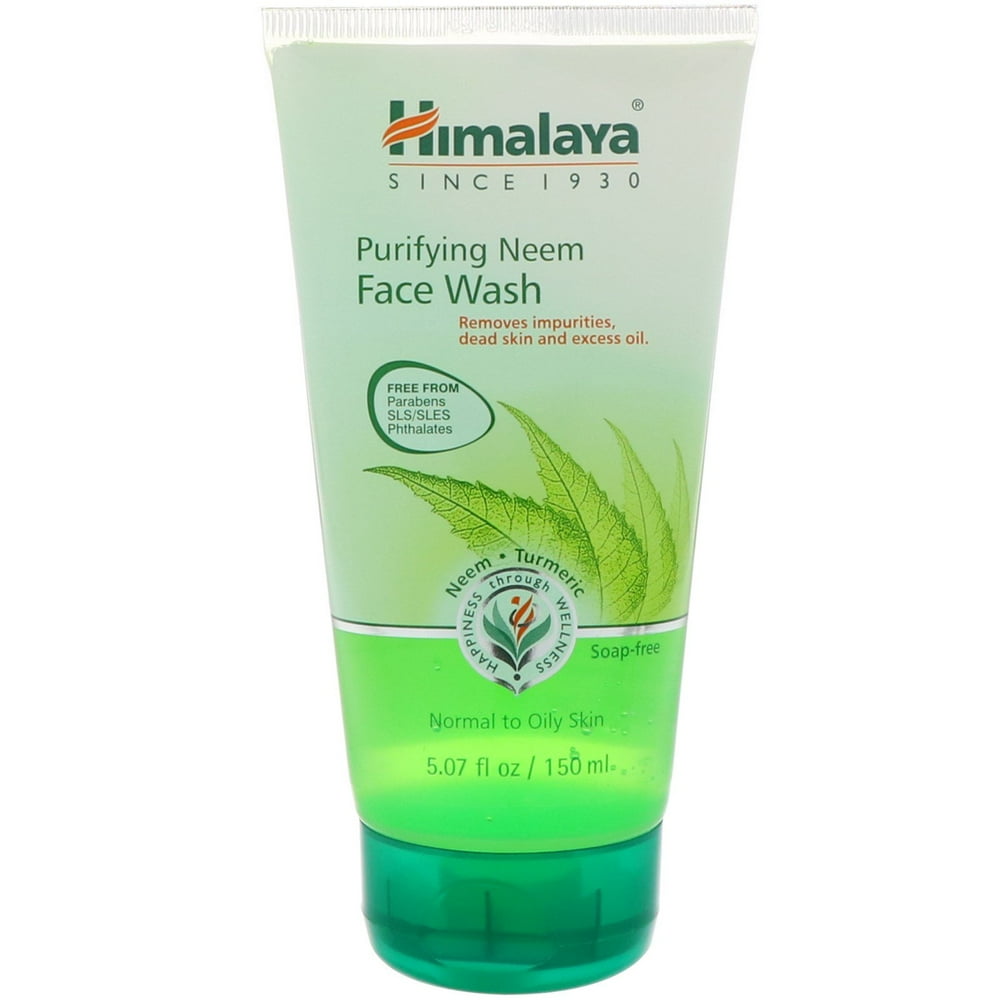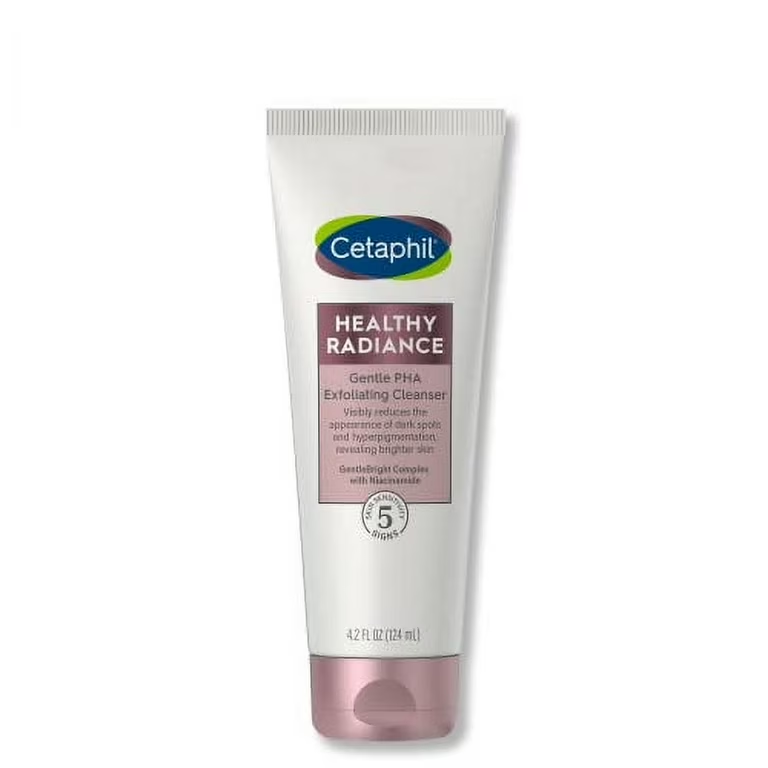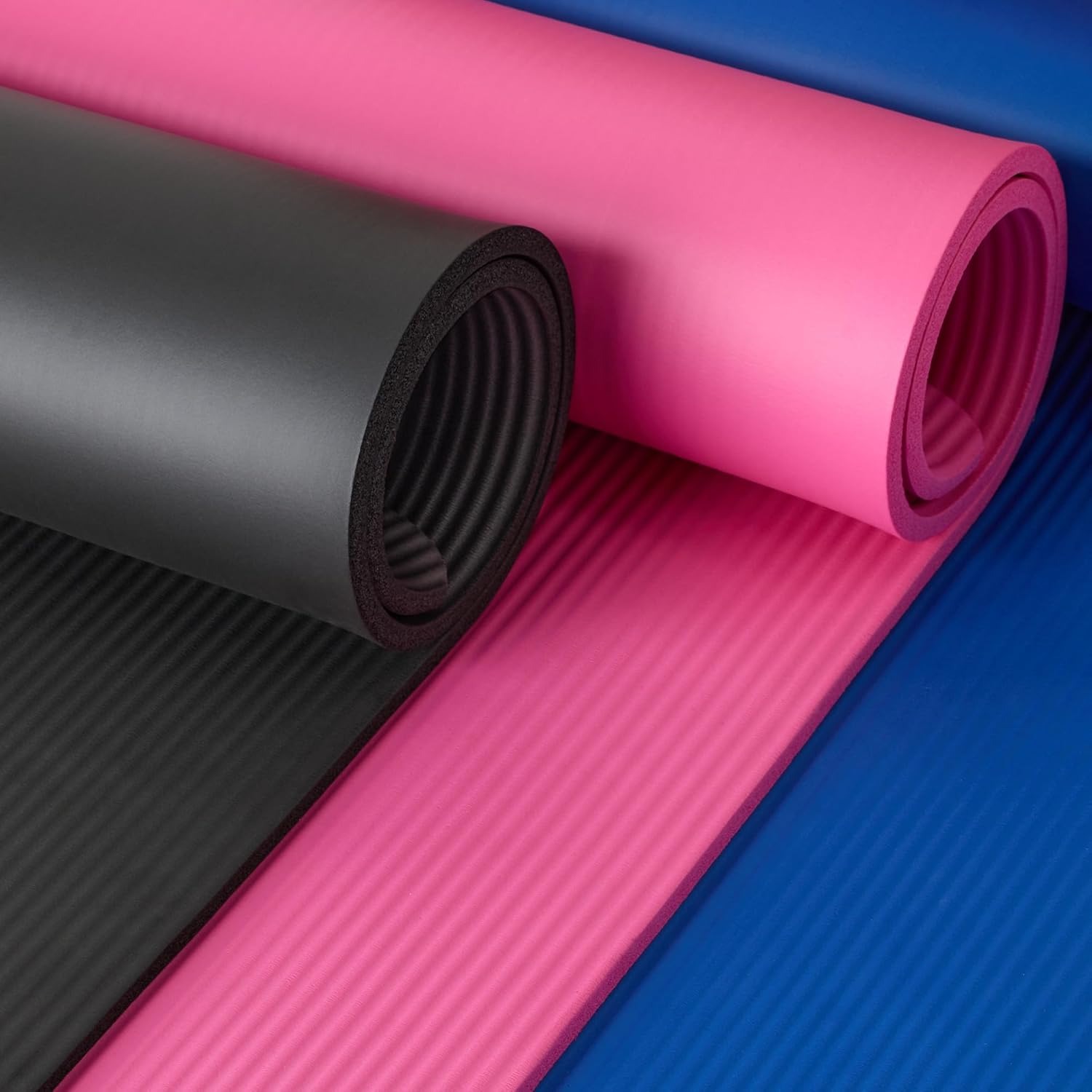Understanding Dark Spots and Their Causes
Before diving into the specifics of choosing a facial cleanser for dark spots, it’s vital to grasp what dark spots are and the reasons they appear on our skin. Often called hyperpigmentation, dark spots can emerge from various sources. Sun exposure stands as a common trigger. UV rays from the sun activate melanocytes in our skin, which produce melanin. Excess melanin can lead to these noticeable patches.
Other causes involve hormonal changes, especially during pregnancy or because of contraceptive use, known as melasma. Acne scars, known as post-inflammatory hyperpigmentation, can also leave dark spots after healing. It’s not just external factors; even genetics play a role.
Understanding the root of your dark spots is crucial. It helps in selecting a facial cleanser with ingredients that target your specific concerns. No matter the origin, cleansers aiming at dark spots typically contain components that support skin brightening and an even complexion.
The Importance of Choosing the Right Cleanser for Dark Spots
Choosing the right facial cleanser for dark spots is a pivotal step for clear skin. The correct cleanser can do more than just clean your face. It may reduce the appearance of dark spots over time. To achieve this, the cleanser must have the right ingredients. These should target the melanin production that causes the spots.
Effective ingredients can also prevent new spots from forming. Moreover, a quality cleanser for dark spots can enhance the absorption of other products. This means your skin gets more from serums and creams that follow. When picking a cleanser, think about your skin’s needs and sensitivities. This will lead to better results and less irritation. It’s not just about fading the spots. It’s also about maintaining overall healthy skin.
Always remember, consistency is key. Use a targeted cleanser daily to see improvement in dark spots. Combine it with a good skincare routine for the best outcome. Your choice makes a big difference in the fight against hyperpigmentation.

Key Ingredients to Look for in a Facial Cleanser for Dark Spots
Choosing the right ingredients in your facial cleanser for dark spots is essential. These ingredients can fade spots and prevent new ones. Here’s what to look for:
- Vitamin C: Known for its brightening effects. It stops melanin production which causes dark spots.
- Hydroquinone: A potent lightening agent. It targets dark spots effectively but use it carefully.
- Kojic Acid: Comes from fungi. It lightens skin by stopping the production of melanin.
- Niacinamide: Also known as Vitamin B3. It improves skin barrier and reduces pigmentation.
- Glycolic Acid: An alpha-hydroxy acid or AHA. Glycolic acid exfoliates and promotes new, brighter skin cells.
- Salicylic Acid: A beta-hydroxy acid or BHA good for exfoliation. It also helps with acne, which can prevent post-inflammatory dark spots.
Find a cleanser that features one or more of these ingredients. Make sure the rest of the formula suits your skin type. Reading labels and understanding ingredient benefits are vital steps. These ingredients, when included in a daily skincare routine, can make a significant difference in managing dark spots. Remember, a gentle approach always works best for skin health.
The Role of Exfoliation in Treating Dark Spots
When looking at facial cleansers for dark spots, exfoliation is key. It removes dead skin cells. This reveals fresh, brighter skin underneath. Regular exfoliation can fade dark spots over time. It also helps your skin absorb other products better.
Exfoliating ingredients to look for include:
- Alpha-hydroxy acids (AHAs) like glycolic acid. They work on the surface to peel away layers of dead skin.
- Beta-hydroxy acids (BHAs) such as salicylic acid. They go deeper to clear out pores. This can prevent future dark spots caused by acne.
Not all exfoliants are the same. Choose the right kind for your skin. For daily use, pick a gentle exfoliant to prevent irritation. A stronger exfoliant can be used once or twice a week. Listen to your skin. If you feel dryness or irritation, reduce how often you exfoliate.
Consistency with a gentle exfoliant will pay off. You’ll see your dark spots get lighter over time. Always follow exfoliation with a moisturizer. This keeps your skin hydrated and comfortable.
Remember that sunscreen is a must. Exfoliation can make your skin more sensitive to the sun. Protect your skin to prevent new dark spots from forming. Use a broad-spectrum sunscreen every day.

How to Incorporate a Dark Spot Correcting Cleanser into Your Skincare Routine
Incorporating a facial cleanser for dark spots into your skincare routine can be simple. Start with gentle washing in the morning. Use the facial cleanser that suits your skin type and targets hyperpigmentation. Apply it in a circular motion. Rinse well with lukewarm water. Pat your face dry with a clean towel.
At night, repeat the cleansing process. This time, it helps remove makeup and the day’s grime. A nighttime cleanse ensures the active ingredients work while you sleep. This is prime time for skin repair. After cleansing, apply skincare treatments like serums with Vitamin C or retinoids. These further the fight against dark spots.
Be consistent with your routine. Use your chosen cleanser every day. This will help fade existing spots and prevent new ones from forming. A consistent routine ensures gradual and visible results. You should know, it may take several weeks to notice changes.
Your cleanser should be the first step in your routine. Follow it with toner, serum, and moisturizer. This sequence ensures each product works effectively. Remember, never skip sunscreen during the day. It is the final, crucial step in your morning routine.
If you have multiple skin concerns, consult with a dermatologist. They can advise you on how to balance different treatments. And most importantly, always give your skin time to adapt to new products. Introduce one new product at a time to check for any reactions.
By taking these steps, you can effectively incorporate a facial cleanser for dark spots into your daily skincare routine. This simple addition can make a significant impact on the clarity and evenness of your skin tone.
Sensitive Skin Considerations When Using Products for Dark Spots
When tackling dark spots, those with sensitive skin must be cautious. Not all products suit sensitive skin types. Here are some tips to keep your skin safe while treating dark spots:
- Choose Mild Formulations: Look for facial cleansers marked as ‘for sensitive skin’. They tend to have milder ingredients.
- Patch Test Products: Always do a patch test. Apply a small amount to your arm before using it on your face.
- Avoid Harsh Scrubs: Stay away from rough physical exfoliants. These can damage sensitive skin.
- Seek Soothing Ingredients: Opt for cleansers with aloe vera or chamomile. These calm the skin.
- Limit Use of Strong Actives: Use powerful ingredients like glycolic acid sparingly. They can irritate if overused.
- Hydrate and Protect: Follow up with a gentle moisturizer. Always use sunscreen to protect from UV-induced spots.
If irritation occurs, stop using the product. Consult a dermatologist for personalized advice. They can suggest the right facial cleanser for dark spots for your sensitive skin.

Product Recommendations and Top Picks for Dark Spot Cleansers
When fighting dark spots, the right facial cleanser can make a big difference. Below are some top product recommendations that can help in reducing dark spots. Look for these products if you aim to brighten your skin and achieve a more even tone.
- CeraVe Renewing SA Cleanser: It contains salicylic acid. This BHA helps to gently exfoliate the skin and is well-suited for sensitive skin types.
- Murad Rapid Age Spot and Pigment Lightening Serum: With a blend of glycolic acid for exfoliation, and vitamin C for brightening, this product targets dark spots effectively.
- Neutrogena Rapid Tone Repair Brightening Cleanser: This cleanser boasts vitamin C as a key ingredient. A brand known for gentle skincare, it’s great for daily use.
- La Roche-Posay Pigmentclar Cleanser: It has niacinamide and Lipo-Hydroxy Acid (LHA) for brightening and improving skin texture.
- Skinceuticals Discoloration Defense: Another high-performing product that includes niacinamide along with kojic acid, offering comprehensive care for hyperpigmentation.
- Glytone Mild Gel Cleanser: Loaded with glycolic acid, this cleanser aids in skin turnover and gets rid of dark spots gradually.
When considering these products, remember to choose based on your skin type. Sensitive skins should opt for milder options. Always do a patch test before committing to a new facial cleanser, especially if you are treating dark spots. Introduce new products to your routine one at a time. This way, you can monitor your skin’s response and ensure there is no irritation.
Incorporate your selected cleanser for dark spots into both your morning and night routines. Stay consistent with usage. Over time, you will likely see noticeable results. However, remember that tackling hyperpigmentation takes time, and patience is key. With the right cleanser and proper application, you’re on your way to clearer, more radiant skin.
Tips for Preventing Dark Spots from Forming
Preventing dark spots begins with managing external factors that cause them. First and foremost, wear sunscreen daily. Pick a broad-spectrum sunscreen with at least SPF 30. This blocks harmful UV rays that trigger melanin production. Reapply every two hours when outdoors.
Wear protective clothing such as hats and sunglasses when in the sun. They further shield your skin from direct sun exposure. Avoid being outside when the sun’s rays are strongest, typically between 10 a.m. and 4 p.m.
Be mindful of skin injuries, like acne or scratches. Handle your skin gently to prevent post-inflammatory hyperpigmentation. Don’t pick at spots or acne. It can lead to scars and dark spots.
Choose skin care products wisely. Use non-comedogenic and hypoallergenic products. They reduce the risk of blocked pores and allergic reactions.
Maintain a balanced diet rich in antioxidants. Eat plenty of fruits and vegetables. They combat free radicals which can affect skin pigmentation.
Manage stress levels. Stress can affect your hormones. This, in turn, may contribute to the development of dark spots, particularly melasma.
Remember, consistency in skincare is crucial. Use products with ingredients known to prevent dark spots, such as vitamin C and niacinamide. Follow a strict yet gentle skincare routine.
Consult with a dermatologist if you notice new or worsening dark spots. They can provide personalized advice to prevent and treat hyperpigmentation. Always give your skin time to adjust to any changes in your skincare routine. And most importantly, patience is essential as prevention efforts take time to show results.



